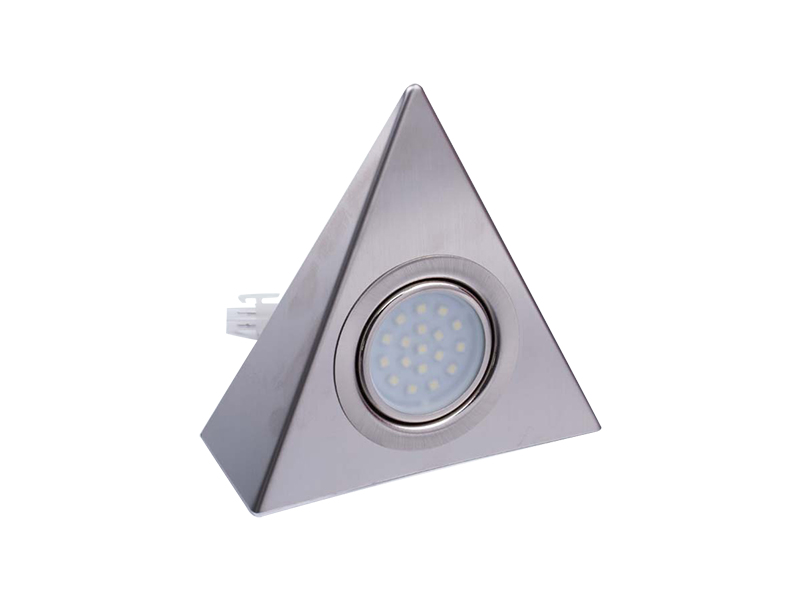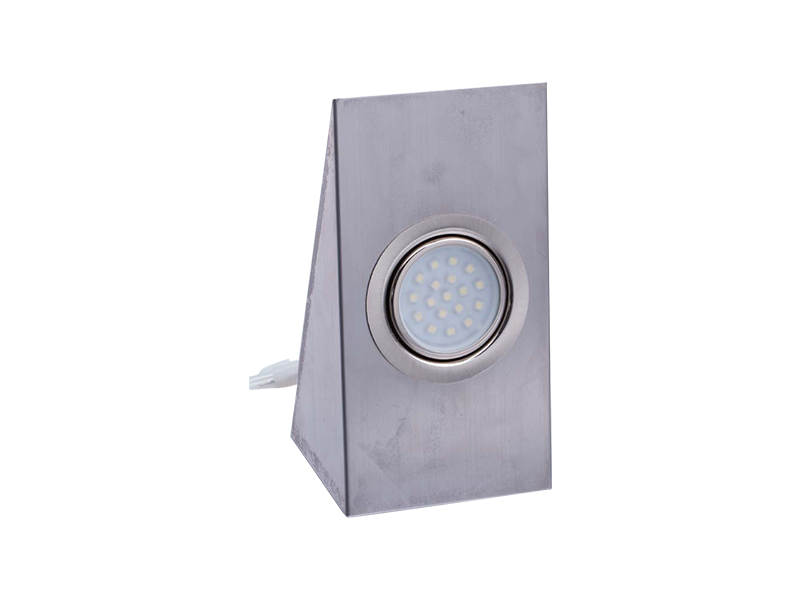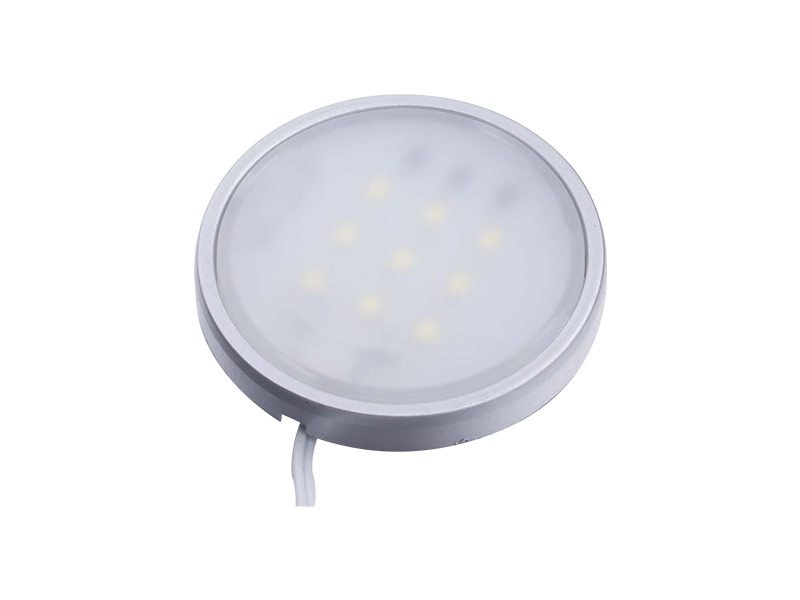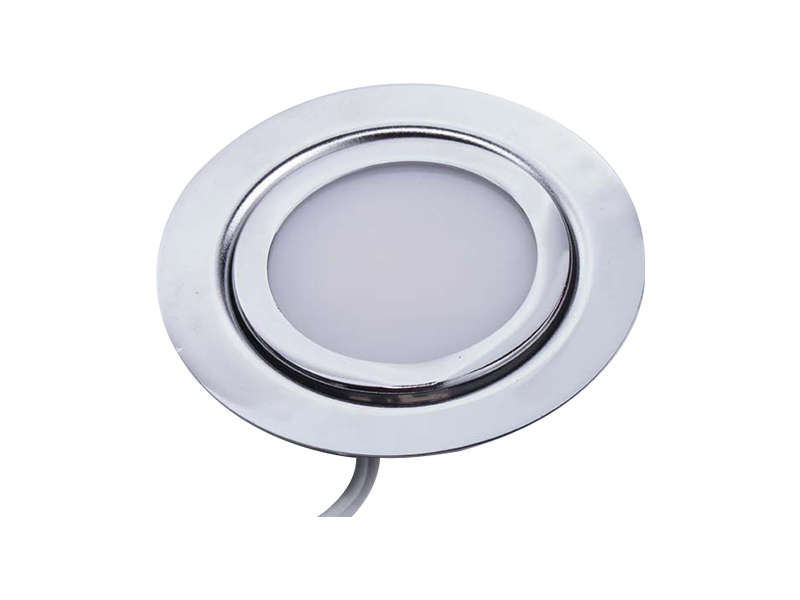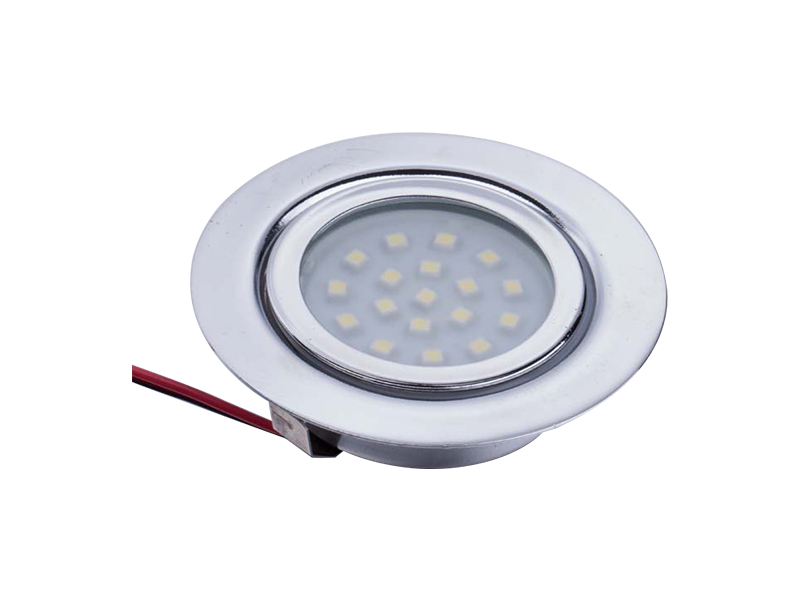-

E-mail:[email protected]
-

Telphone:+86-574-88073028
-

FAX:+86-574-88073029
QR code on
mobile phone
Welcome to Eastkey!
Welcome to Dongke!
Feasibility of traditional switch to control brightness
Many LED mirror lights are designed with a mode connected to a traditional power switch. Users can simply switch on and off through a wall switch or a button on the device. However, if the brightness is to be adjusted on this basis, the design needs to use a circuit that supports dimming. Some LED mirror lights are equipped with a dimming switch with a touch or knob. After turning on the lamp, the user can adjust the brightness by rotating the knob or touching different areas. Although this design increases convenience, it usually requires manual operation by the user, and the dimming range and sensitivity depend on the specific model and design.
Technical implementation of remote control to control brightness
In order to further improve the user experience, some high-end LED mirror lights have introduced remote control technology. Through the remote control, users can complete the switch and brightness adjustment without approaching the lamp, which is particularly suitable for environments such as bathrooms and bedrooms. The remote control usually uses infrared or wireless signal transmission, and the transmitted signal will be received and analyzed by the built-in receiving module to control the brightness and color temperature of the light. This technology not only meets the lighting needs in different scenarios, but also provides more convenience for users.
Choice between multi-level dimming and stepless dimming
In practical applications, the brightness adjustment methods of LED mirror lights are mainly divided into multi-level dimming and stepless dimming. Multi-level dimming means that several brightness levels are preset in the lamp, and users can select different brightness levels through switches or remote controls. Stepless dimming, on the other hand, brings more delicate light changes and a comfortable experience by continuously adjusting the brightness. In contrast, the implementation of stepless dimming requires more complex circuit design and control systems, but provides users with more choices and flexibility.
Usage experience and applicable scenarios
LED mirror lights that control brightness through switches or remote controls can meet the needs of different scenarios in daily use. For example, when getting up in the morning, you can choose soft light to reduce eye stimulation; when putting on makeup or shaving, you can increase the brightness to ensure clarity. This brightness adjustment function not only improves the practicality of lighting, but also allows users to create a comfortable atmosphere according to different needs. The convenience of remote control makes adjustment easy, even if your hands are wet or the distance is far when taking a shower, you can easily complete the brightness adjustment.
top
E-mail:[email protected]
Telphone:+86-574-88073028
FAX:+86-574-88073029
